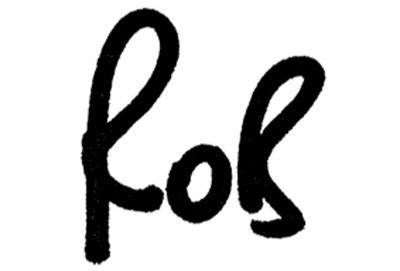Because Design principles are important and so is communicating them
I’ve created Design Principles for many of the projects and orgs I’ve worked with, and implemented them often in different ways. Implementation often depends on how the org communicates design internally, or where design sits in the orgs DNA. Here are the Design Principles I recently created for Verve and it’s associated product lines. It was designed to be broadly applicable, from conceptual through to customer experience - and designed to be adopted by the entire org. These principles are pretty typical in terms of solid principles - they cover experiences, tone, inclusivity, detail and end-to-end expectation - and also maintain relevancy beyond the design department.
Most important they’re also understandable by non-creatives - and because of this (and the millennial nature of our org) I distilled them into GIFs and images.
Often designers create rules and silos to empower themselves in an org, to make themselves appear important or to ‘land grab’. That’s usually understandable - it’s nice to define your own patch and defend it, especially if your experience of design within orgs has been largely negative; design as an add-on, design as a framing device, design as ‘polish’. The problem with this however is it comes across to others in the org as a defensive, if not uncommunicative position to take.
Designers can - and should - empower their orgs by giving away their skills freely, be transparent and de-mystify their processes. By doing this design becomes an aspirational skill to be adopted, mastered and therefore appreciated by all within an org, and from that understanding a professional respect is formed. Sometimes it takes someone being empowered by a skill to realise how tricky mastering that skill is - and by proxy appreciate and gain empathy for the complexity of wearing that skill professionally.
By empowering everyone in your org to understand and believe in design and it’s principles, you bring design into the org completely - without the need for trojan horses, battle cries and those endless whinging emails no-one reads.
Our Design Principles at Verve
Cooperative AF.
Everything we design is designed with others in mind.
What we design should work in cooperation with our diverse range of products, brands, clients, users and user networks. We never design in silo and we prioritise company wide integration of the solutions we create.
Inclusive AF.
We design for everyone.
We design for users internally and externally who are global, diverse and have different objectives, expectations and needs.
Keep it simple M8.
We don’t make people think.
We design for known behaviours, default reactions and real emotions. We never get in the way of our users actions or make it difficult for them to discover or navigate anything we create.
Always Transparent. Always Trustworthy. Always.
We are clear and open about our intent.
We don’t hide behind dark patterns or create unexpected behaviours. We are always clear about the intent of what we create, and strive to represent a source of truth to our users and gain their trust.
Where the wild things are.
We design experiences in places where our users choose to spend their time.
We’re mobile first and socially focused. We work with distribution in mind and consider how and why things are shared. We make sure we have first hand experience of living in these places.
A tiny part of a big experience.
We enable people to create great experiences, but we recognise we are a small part of that.
We are a small part of our users bigger experience with their network - we recognise that and remain humble. We celebrate offline experiences not in-app experiences.
Beginning, Middle and End.
We tell well defined stories.
From our user flows to our content, we make sure our narratives are clear, structured and functional. We avoid cliffhangers and unhappy endings.
Sweat the Comms.
We are focused on the clarity, consistency, frequency and tone of our communication.
We are honest and candid in our communications and communicate to maintain expected rhythms and maintain trust - both internally and externally. Oh, and tl;dr.
Usability with all the feels.
Accessible and usable doesn’t mean boring.
Simple and easy to use design can still communicate emotion. Being ‘Accessible’ and ‘Usable’ isn’t doing someone a favour - it’s our job.
Excite. Delight. Inspiration. Aspiration.
We curate and create unique ‘wow’ experiences no matter the medium, subject, audience or vertical.
From video to CRM , from social to stage, we always strive to create ‘wow moments’ within the useable environments we design.
Why Tho.
We question constantly.
We always question the way things are done and the existing ways of doing things. Our users move at the speed of light and it’s our job to keep up.














